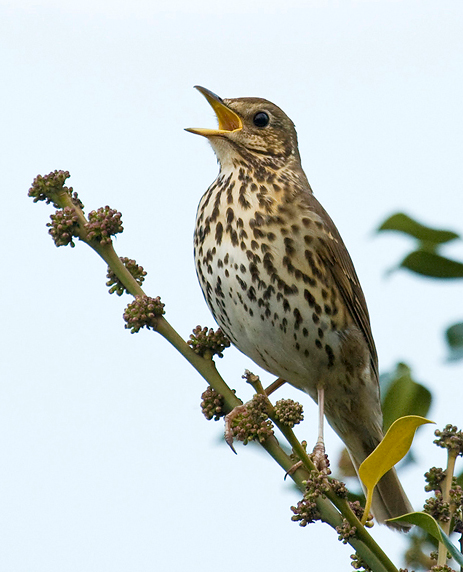We were lucky with the weather for our sixth annual dawn chorus walk round Filnore Woods this morning.
Blackbird
Blackbird
It started off at 5.00 am with blackbirds, robins, herring gulls and a tawny owl (4)
There were a couple of song thrushes although they were a bit difficult to separate from the rest (5)
After that we heard wrens, a pheasant and a wood pigeon as we climbed up the steps away from the footbridge over the stream (8)
There were several chiffchaffs and a blackcap in the valley woodland plus a great tit or two and a jay (12)













